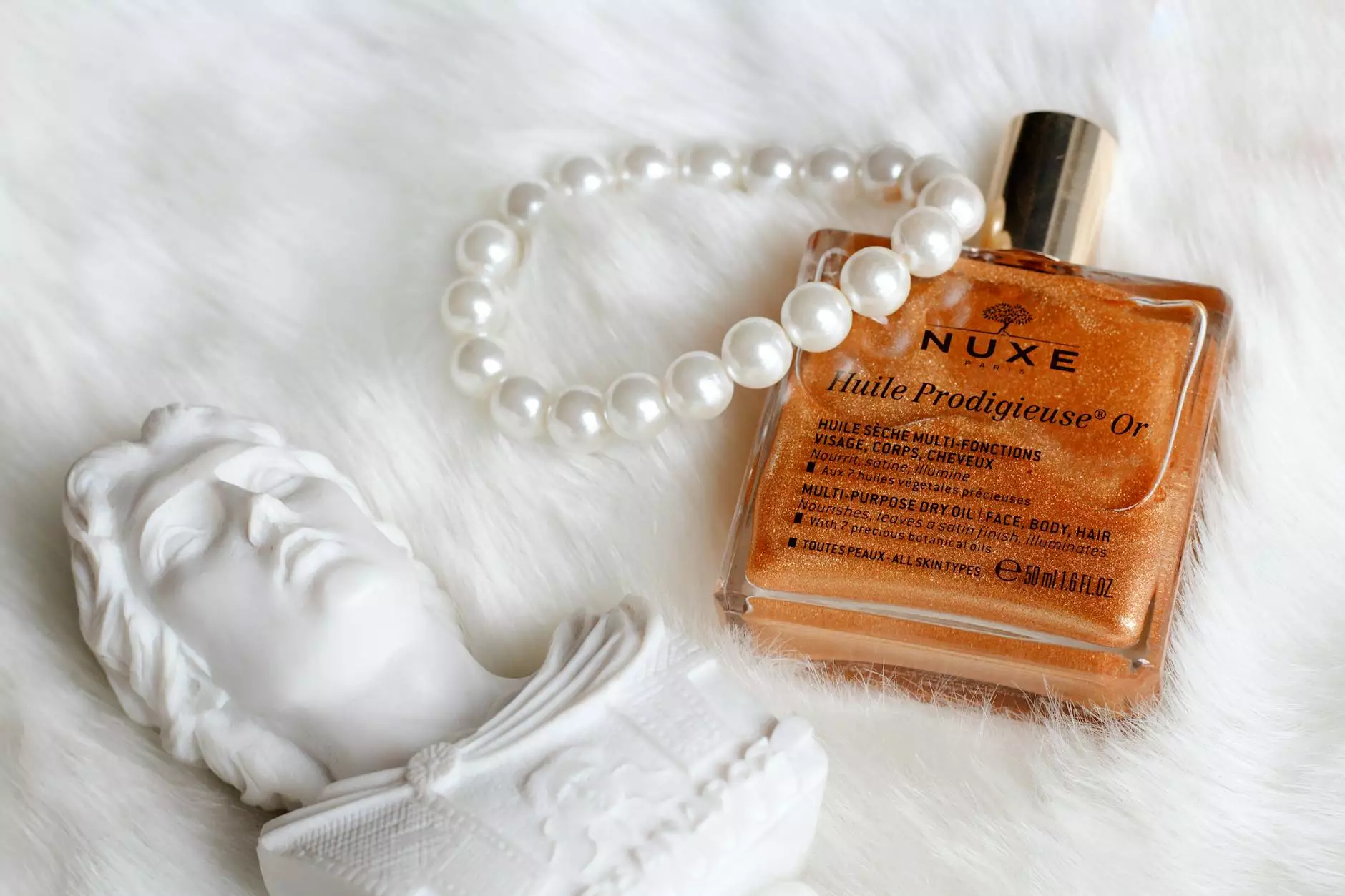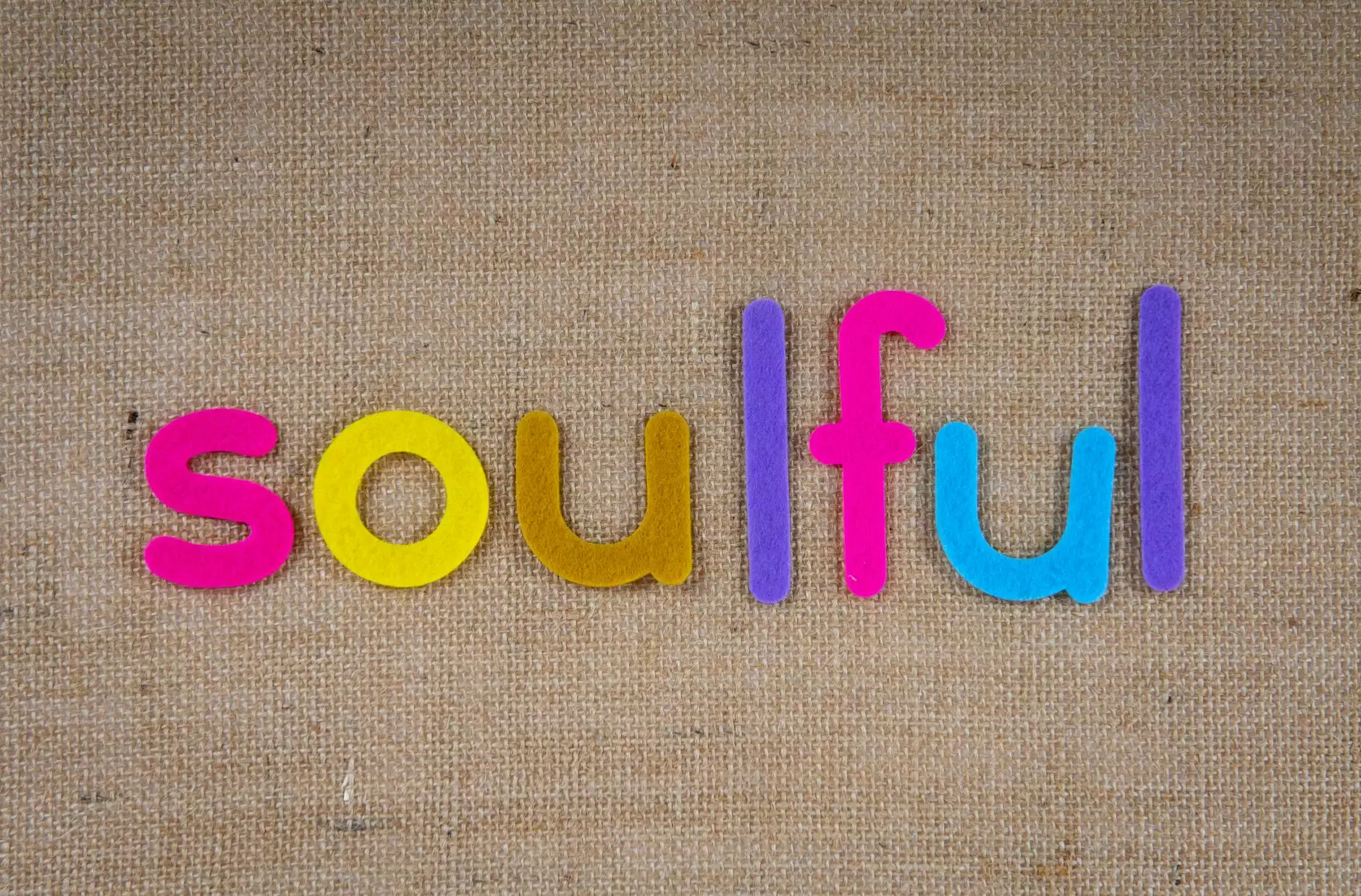The Psychology of Color and Food Choices

Color plays a crucial role in our perception of the world, including our food choices. The psychology of color influences our moods, behaviors, and even our appetites. In the realm of food and beverages, color can affect how we perceive flavors and textures, influencing our overall dining experience.
Understanding Color Psychology for Food
Research has shown that different colors can evoke specific emotional responses and impact our food preferences. For example, warm colors like red and orange are believed to stimulate the appetite and create a sense of urgency, making them popular choices for fast-food chains.
On the other hand, cool colors like blue and green are associated with freshness and health, often used in branding for organic and natural food products. By leveraging color psychology, businesses can strategically influence consumer perceptions and increase the desirability of their offerings.
The Influence of Food Coloring and Dye
Food coloring and dye are commonly used in the food industry to enhance the appearance of products and make them more visually appealing. However, the use of artificial colorants has raised concerns about their impact on health, particularly when they come into contact with the eye.
Exposure to food coloring in the eye can cause irritation, discomfort, and potential damage to the delicate structures of the eye. It is essential for manufacturers to adhere to strict regulations and safety guidelines to ensure that their products are safe for consumption and do not pose a risk to consumer health.
Color and Consumer Preferences
Consumer preferences are heavily influenced by color, with studies showing that certain hues can increase appetite and affect purchasing decisions. By understanding the psychological impact of color on consumer behavior, businesses can tailor their branding and marketing strategies to appeal to specific target audiences.
Conclusion
In conclusion, the psychology of color plays a significant role in shaping our food choices and consumer preferences. From the branding of food products to the use of food coloring in eye-catching packaging, color exerts a powerful influence on how we perceive, select, and enjoy the foods we consume.









